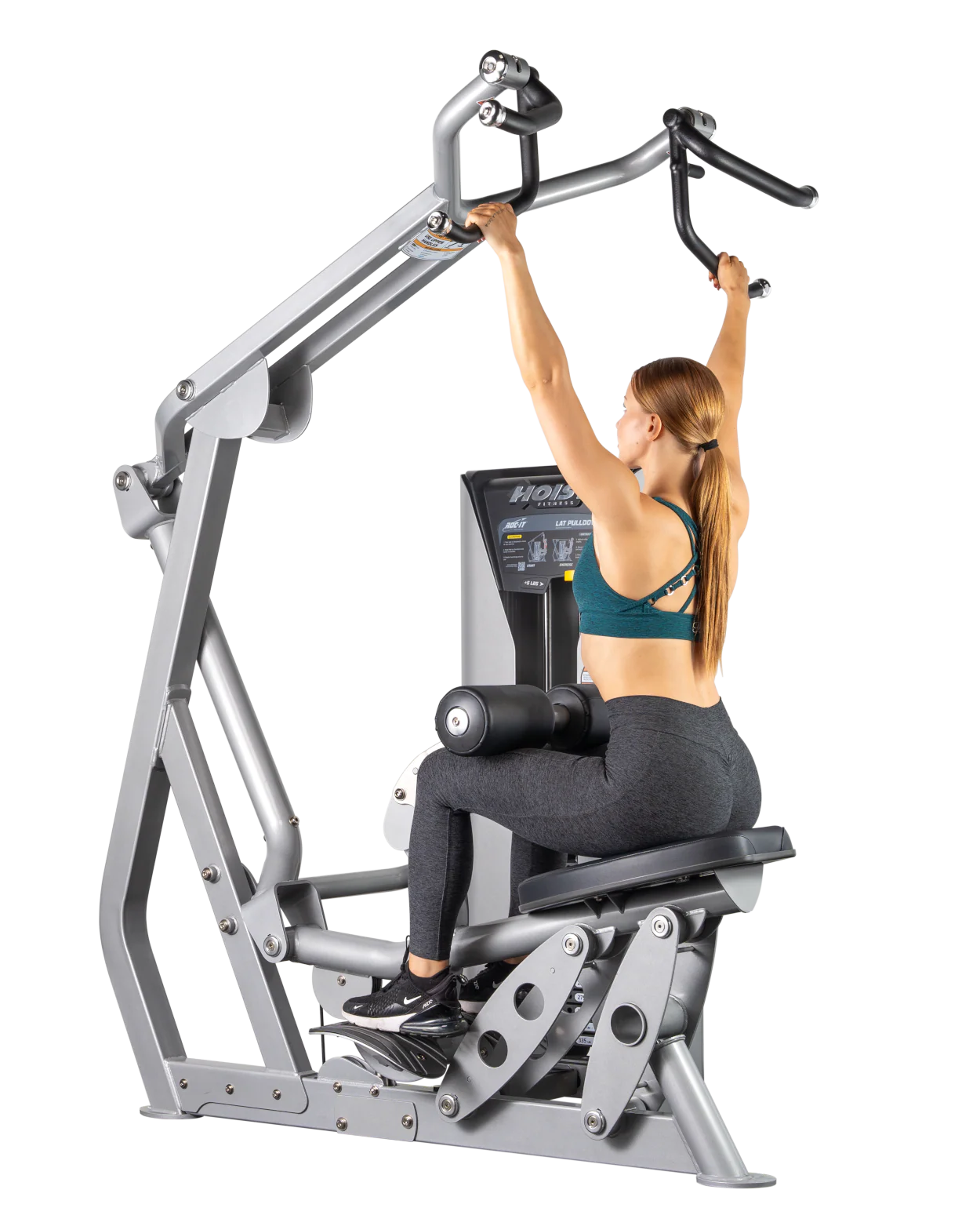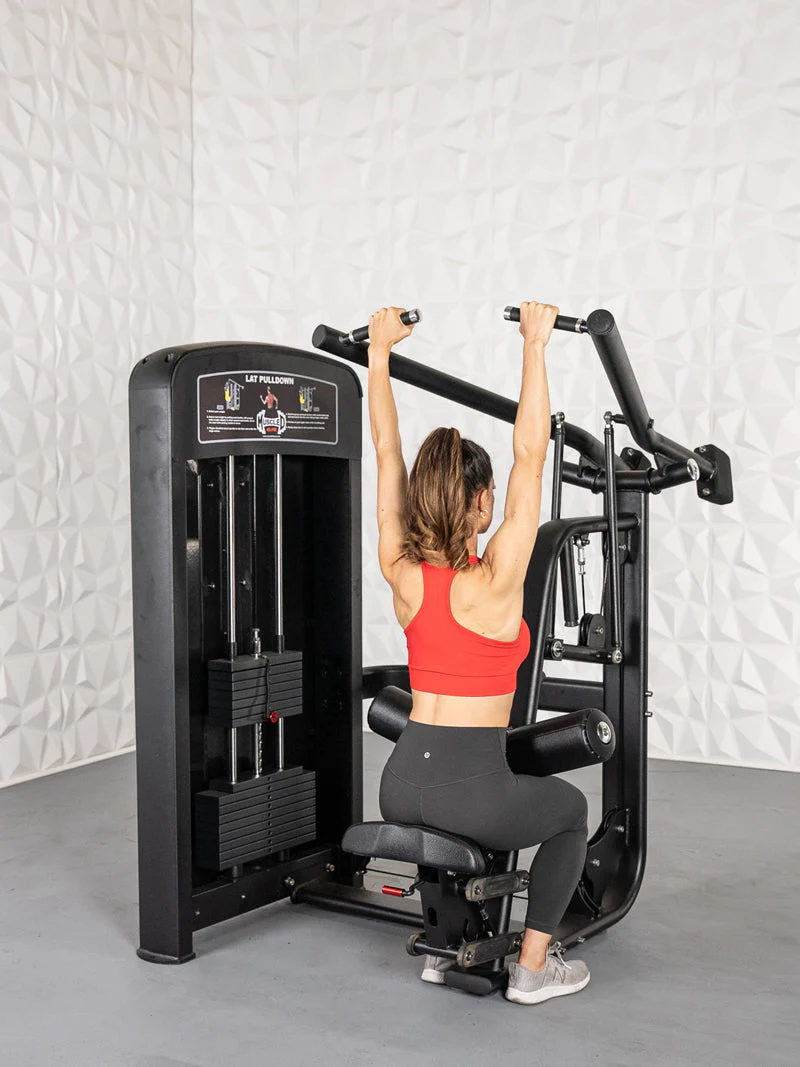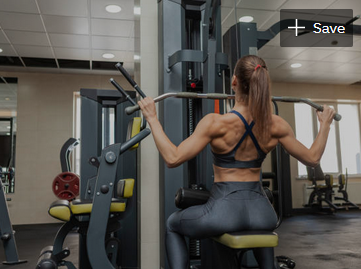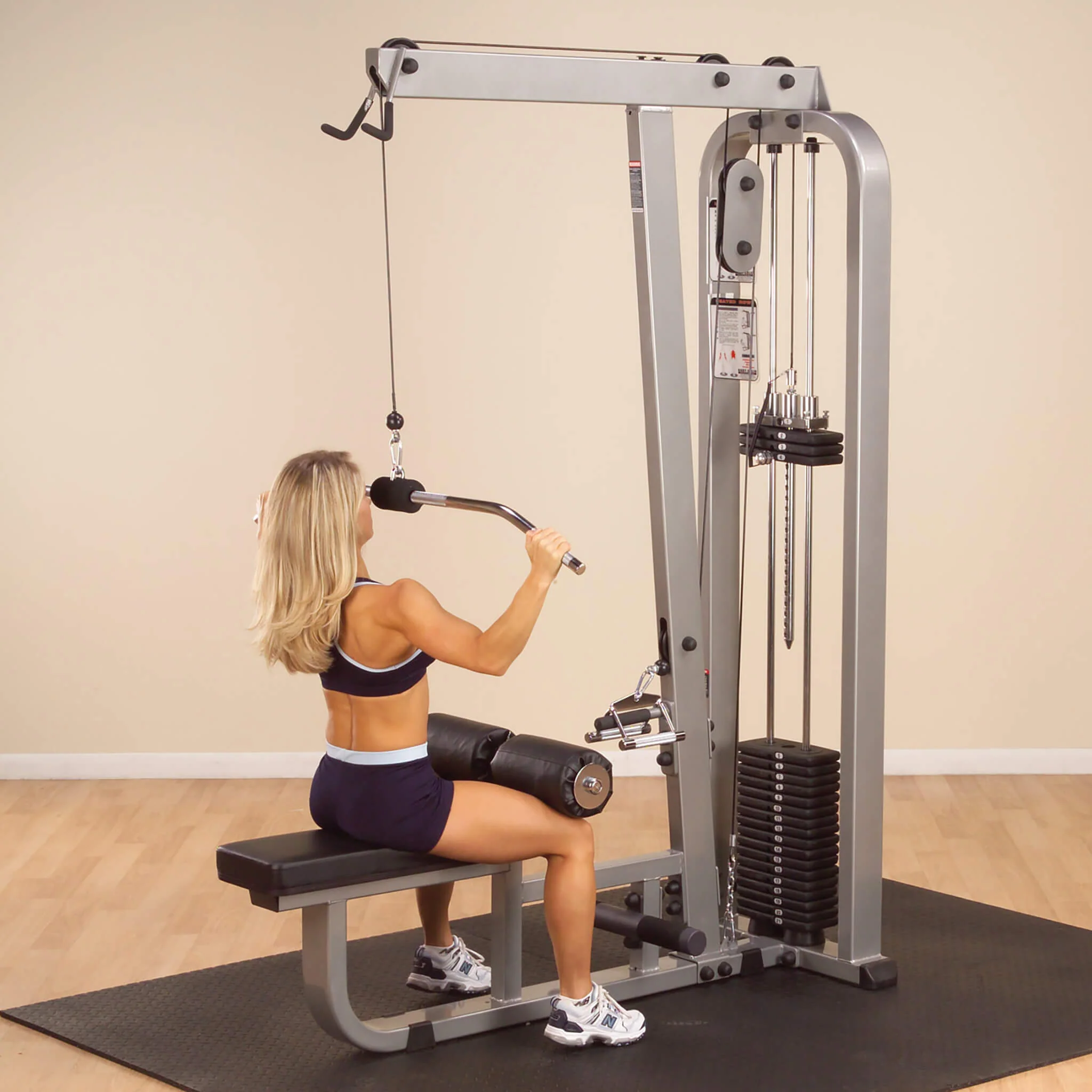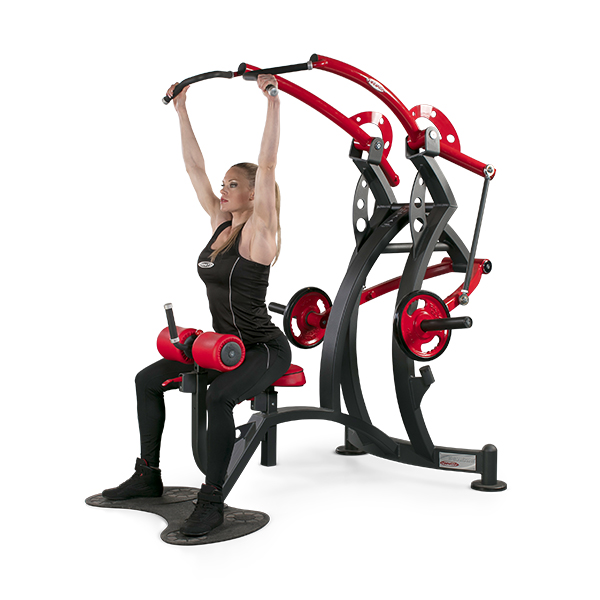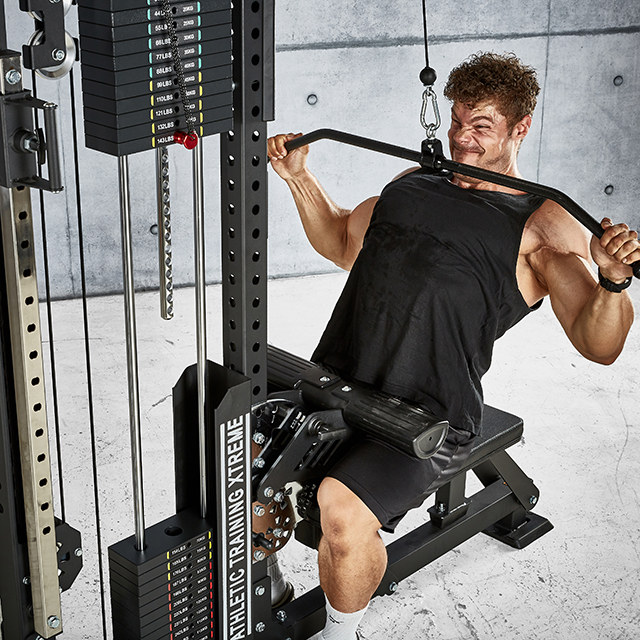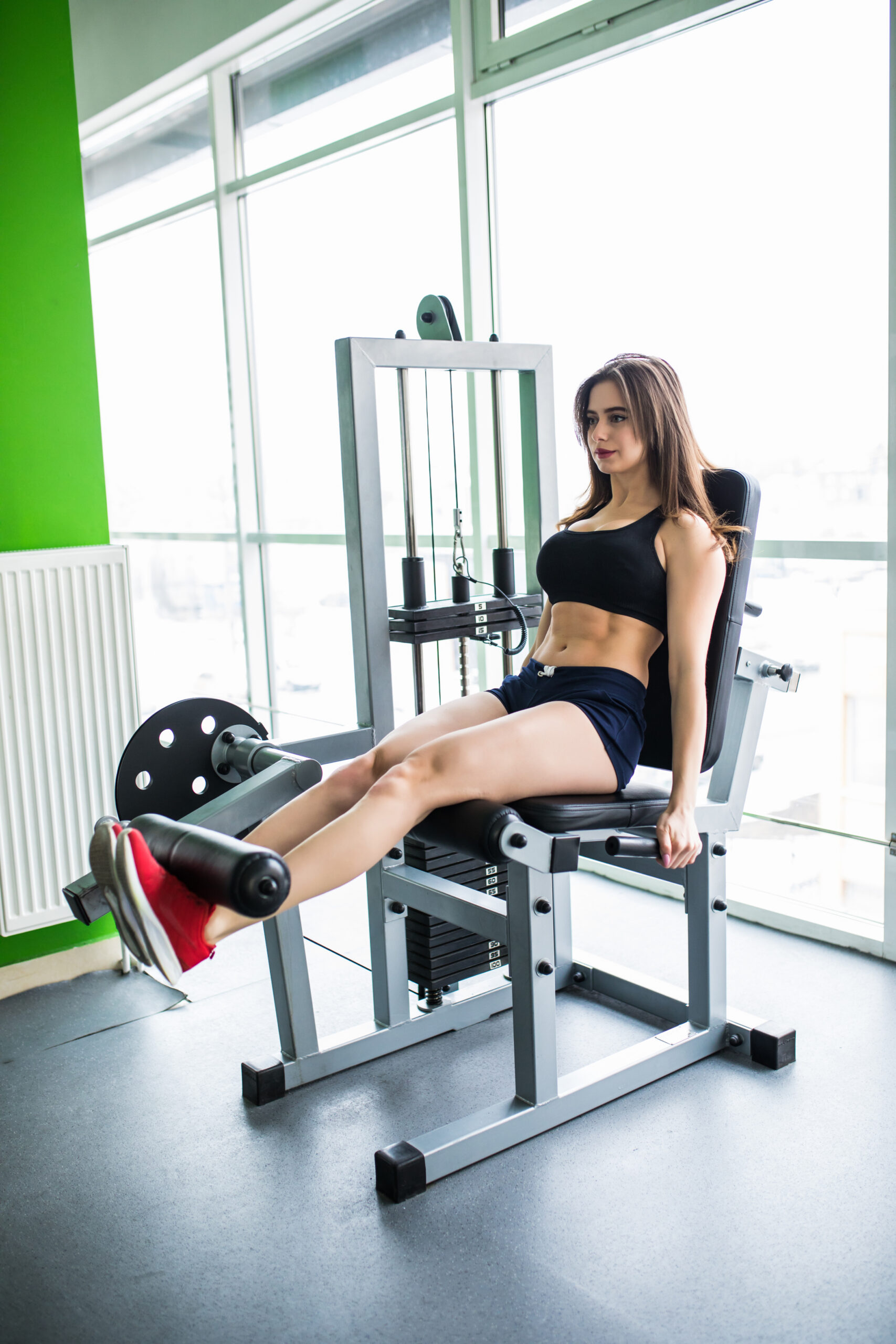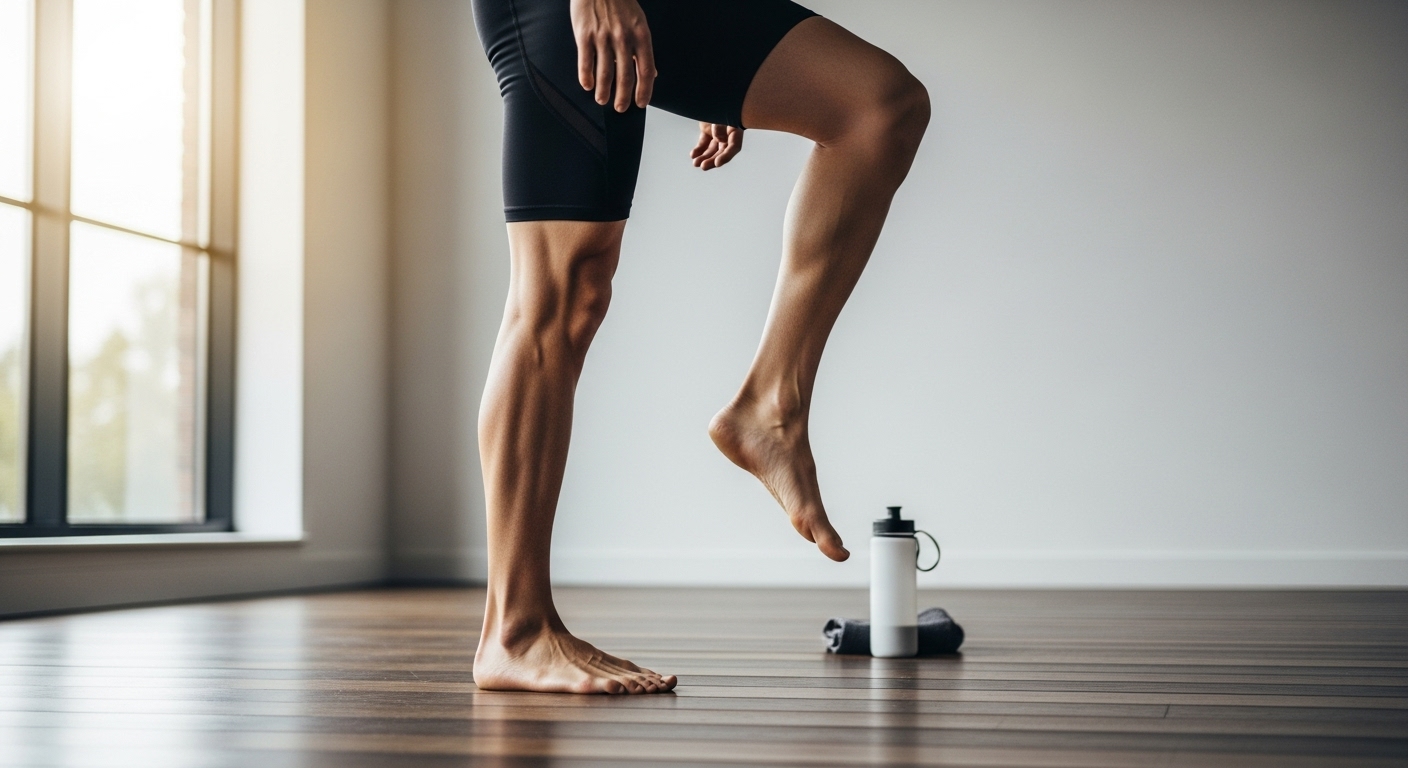By Jodie Carter, Certified Personal Trainer (REPS Level 3) & Home Gym Specialist
Walk into any UK gym and you’ll witness an age-old debate playing out in real time. On one side, you’ll see beginners struggling with assisted pull-up machines or jumping pull-ups, determined to master this classic bodyweight exercise. On the other side, others are methodically working through sets on the lat pulldown machine, building strength with precise control and progressive resistance.
Both camps have valid points, but as a beginner, you’re probably wondering which approach will get you stronger faster while keeping you safe and motivated. The truth is, this isn’t really an either-or decision – both exercises have unique benefits and can complement each other beautifully in a well-designed program.
However, understanding the differences between lat pulldown machines and pull-ups helps you make informed decisions about where to focus your energy, especially in those crucial first months when building proper movement patterns and confidence is paramount. This comprehensive comparison will examine both exercises from every angle that matters to beginners, helping you create a back-building strategy that’s both effective and sustainable.
Understanding the Fundamental Differences
Before diving into the pros and cons, it’s essential to understand what makes these exercises fundamentally different beyond the obvious machine versus bodyweight distinction.
Lat Pulldown Machine Mechanics
The lat pulldown machine creates resistance through a weight stack and pulley system, allowing you to pull weight toward your body while remaining seated and stable. When choosing your first lat pulldown machine, understanding these mechanics is crucial for making an informed decision.
Key mechanical features:
- Fixed path of movement guided by machine design
- Seated position with thigh restraints for stability
- Variable resistance selection independent of body weight
- Consistent resistance curve throughout range of motion
- External support eliminates need for core stabilization
The seated position and guided movement pattern make this exercise accessible to virtually anyone, regardless of current strength levels or body weight.
Pull-Up Movement Patterns
Pull-ups require you to lift your entire body weight using only your upper body strength while hanging from a bar. This creates a completely different challenge that engages not just your pulling muscles but your entire kinetic chain.
Distinctive characteristics:
- Free-hanging position requiring full-body coordination
- Resistance equals your body weight (non-adjustable)
- Three-dimensional movement requiring stabilization
- Grip strength becomes a limiting factor
- Core engagement essential for proper form
The complexity of pull-ups makes them more challenging to learn but potentially more rewarding in terms of functional strength development.
Resistance Types: Variable vs Fixed
Lat pulldown machines offer variable resistance that you can adjust in small increments (typically 2.5-5kg). This allows for precise progressive overload and makes the exercise accessible to beginners who might weigh 60-90kg but can only handle 20-30kg of pulling resistance initially.
Pull-ups provide fixed resistance equal to your body weight. A 70kg person must generate enough force to lift 70kg from day one, with no option to reduce the load. While this seems limiting, it also means unlimited progression potential as you can eventually add weight for advanced training.
Lat Pulldown Machine Advantages for Beginners
The lat pulldown machine provides several unique benefits that make it particularly valuable for newcomers to strength training. When starting out, having access to our complete beginners guide to lat pulldown machines can accelerate your learning curve significantly.
Adjustable Resistance and Progressive Overload
Progressive overload – gradually increasing training demands – is the foundation of strength development. The lat pulldown machine makes this principle easy to implement and track.
Systematic progression example:
- Week 1: 20kg × 3 sets × 10 reps
- Week 2: 22.5kg × 3 sets × 10 reps
- Week 3: 25kg × 3 sets × 10 reps
- Week 4: 25kg × 3 sets × 12 reps
- Week 5: 27.5kg × 3 sets × 10 reps
This methodical approach ensures consistent progress and provides clear benchmarks for improvement. According to research from the European Journal of Applied Physiology, beginners who follow structured progressive overload programs see 25-40% strength increases in their first 12 weeks.
Better Form Control and Stability
The seated position with thigh restraints eliminates many variables that can lead to poor form or injury. This controlled environment allows beginners to focus entirely on the pulling movement pattern without worrying about balance or stability.
Form advantages include:
- Consistent body positioning throughout the set
- Elimination of swinging or momentum use
- Better isolation of target muscles
- Reduced risk of grip failure causing falls
- Ability to continue exercising even when fatigued
Reduced Risk of Injury
Safety is paramount for beginners who are still learning proper movement patterns and understanding their bodies’ limitations.
Injury prevention benefits:
- No risk of falling from an overhead position
- Controlled eccentric (lowering) phase reduces muscle damage
- Seated position reduces lower back stress
- Adjustable resistance prevents overexertion
- Machine design limits range of motion to safe parameters
Pull-Up Benefits That Machines Can’t Replicate
While lat pulldown machines offer excellent accessibility and progression, pull-ups provide unique benefits that no machine can fully replicate.
Functional Movement Patterns
Pull-ups represent one of the most fundamental human movement patterns – the ability to lift your body weight against gravity. This functional strength transfers directly to real-world activities.
Real-world applications:
- Climbing over obstacles or walls
- Pulling yourself up from water (swimming emergencies)
- Moving furniture or heavy objects overhead
- Rock climbing and adventure sports
- General improved confidence in physical capabilities
Core and Stabilizer Muscle Engagement
The hanging position during pull-ups requires significant core activation to maintain proper body alignment. This full-body engagement provides benefits beyond just back and arm strength.
Additional muscles activated during pull-ups:
- Deep core stabilizers (transverse abdominis, diaphragm)
- Hip flexors for leg positioning
- Serratus anterior for scapular control
- Lower traps for shoulder depression
- Forearm muscles for grip endurance
Research shows that pull-ups activate 40% more core musculature compared to lat pulldowns, making them superior for overall functional strength development.
Muscle Activation: Scientific Evidence
Understanding how each exercise activates your muscles helps you make informed decisions about which to prioritize in your training.
Scientific Studies and EMG Data
Electromyography (EMG) studies measure electrical activity in muscles during exercise, providing objective data about muscle activation patterns. Recent research comparing lat pulldowns to pull-ups reveals interesting differences in how these exercises target your back muscles.
Key research findings:
- Pull-ups show 10-15% higher latissimus dorsi activation in most individuals
- Lat pulldowns demonstrate more consistent activation patterns across different fitness levels
- Pull-ups engage significantly more stabilizer muscles throughout the kinetic chain
- Lat pulldowns allow for better isolation of specific muscle groups through grip variations
Primary Muscle Recruitment Differences
Latissimus Dorsi Activation:
- Pull-ups: Peak activation occurs during the most challenging portion (bottom 1/3 of movement)
- Lat pulldowns: More consistent activation throughout the entire range of motion
Bicep Involvement:
- Pull-ups: Higher bicep activation due to body stabilization requirements
- Lat pulldowns: More controlled bicep involvement, easier to minimize for lat isolation
Beginner Accessibility and Expert Progression
The stark difference in accessibility between these exercises often determines which one beginners should prioritize initially.
Starting Strength Requirements
Lat pulldown machines:
- Can accommodate any strength level from 10kg upward
- No minimum strength requirements to begin training
- Immediate success possible for complete beginners
- Progress measurable from the first session
Pull-ups:
- Require significant baseline strength (typically 60-80% of body weight pulling capacity)
- Most beginners cannot perform even one complete repetition
- May require weeks or months of preparation before attempting
- Initial progress often invisible, leading to discouragement
Professional Training Recommendations
Based on my 8+ years of experience training beginners, I recommend starting with lat pulldowns for the first 8-12 weeks while building the foundation strength needed for pull-ups. This approach has proven successful with over 500 clients in my personal training practice.
For those looking to master the best lat pulldown machine exercises for beginners, focusing on proper form and progressive overload yields the fastest results.
The Optimal Beginner Strategy
Rather than viewing this as an either-or decision, the most effective approach involves strategically combining both exercises based on your current fitness level and goals.
Phase 1: Foundation Building (Weeks 1-8)
Primary Focus: Lat pulldown strength development
- Master basic wide-grip lat pulldown form
- Build strength to 50-60% of body weight
- Establish consistent training routine
- Learn proper breathing and muscle activation
Phase 2: Skill Development (Weeks 9-16)
Balanced Approach: Lat pulldowns + pull-up preparation
- Continue lat pulldown progression
- Add hanging practice and grip strength work
- Introduce negative (eccentric) pull-ups
- Build to 70% of body weight on lat pulldowns
Phase 3: Integration (Weeks 17-24)
Transition Focus: Pull-up skill acquisition
- Attempt first unassisted pull-ups
- Maintain lat pulldown training for continued strength
- Use assisted pull-up variations as needed
- Build toward multiple consecutive pull-ups
Following a structured 8-week lat pulldown workout plan for beginners can provide the systematic progression needed for optimal results.
Equipment Considerations and Reviews
For those setting up home gyms, understanding the investment required for each approach is crucial.
Lat Pulldown Machine Investment
Home machine costs:
- Budget models: £200-400
- Mid-range options: £400-800
- Commercial-grade: £800-1,500+
When selecting equipment, consulting expert lat pulldown machine reviews can help you make informed decisions based on build quality, features, and long-term value.
Pull-Up Equipment Investment
Basic setup costs:
- Door-frame bar: £15-40
- Wall-mounted bar: £30-80
- Power rack with pull-up bar: £200-600
- Resistance bands for assistance: £15-50
Frequently Asked Questions
Q: How long does it typically take to progress from lat pulldowns to pull-ups? A: Most beginners can achieve their first pull-up within 3-6 months of focused training, starting with lat pulldown strength building and progressing through negative pull-ups and assisted variations. Individual timelines vary significantly based on starting strength, body weight, and training consistency.
Q: Should I completely stop doing lat pulldowns once I can do pull-ups? A: No, both exercises offer unique benefits. Many experienced trainees continue using lat pulldowns for high-volume training, precise progression, and muscle isolation while using pull-ups for functional strength and athletic development.
Q: Are lat pulldowns “cheating” compared to pull-ups? A: Not at all. Lat pulldowns are a legitimate exercise with their own benefits. They’re particularly valuable for beginners who cannot yet perform pull-ups and remain useful for experienced trainees seeking specific training outcomes.
Q: What’s the minimum strength needed before attempting pull-ups? A: Generally, you should be able to perform lat pulldowns with 60-70% of your body weight for multiple repetitions before attempting unassisted pull-ups. This varies based on individual factors like arm length and body composition.
Conclusion: Your Path Forward
The debate between lat pulldown machines and pull-ups doesn’t need to be won by either side. Both exercises serve valuable roles in a beginner’s journey toward building impressive back strength and muscular development. Your individual circumstances – current strength level, available equipment, training goals, and personal preferences – should guide your decision.
For most beginners, starting with lat pulldown machines provides the safest, most accessible path to building the strength foundation needed for eventual pull-up success. The controlled environment, adjustable resistance, and immediate accessibility make lat pulldowns an excellent choice for building confidence and establishing exercise habits.
However, the functional strength, full-body engagement, and equipment independence of pull-ups make them a valuable long-term goal. The most successful approach often involves using lat pulldowns to build the strength needed for pull-ups, then maintaining both exercises for their unique benefits.
Remember, the best exercise is the one you’ll perform consistently with proper form. Whether you start with lat pulldowns, work toward pull-ups, or integrate both into your routine, consistent effort over time will deliver the strong, well-developed back you’re seeking.

Jodie Carter is a REPS Level 3 certified personal trainer with over 8 years of experience in strength training and home gym design. She holds qualifications in exercise physiology and has helped over 500 clients design effective home workout spaces. Jodie regularly contributes to UK fitness publications and maintains continuing education in the latest exercise science research.
Disclosure: This article contains affiliate links to products I personally use and recommend. When you purchase through these links, I may earn a small commission at no additional cost to you. All recommendations are based on my genuine experience and testing—I only recommend products I actually use in my own home.

